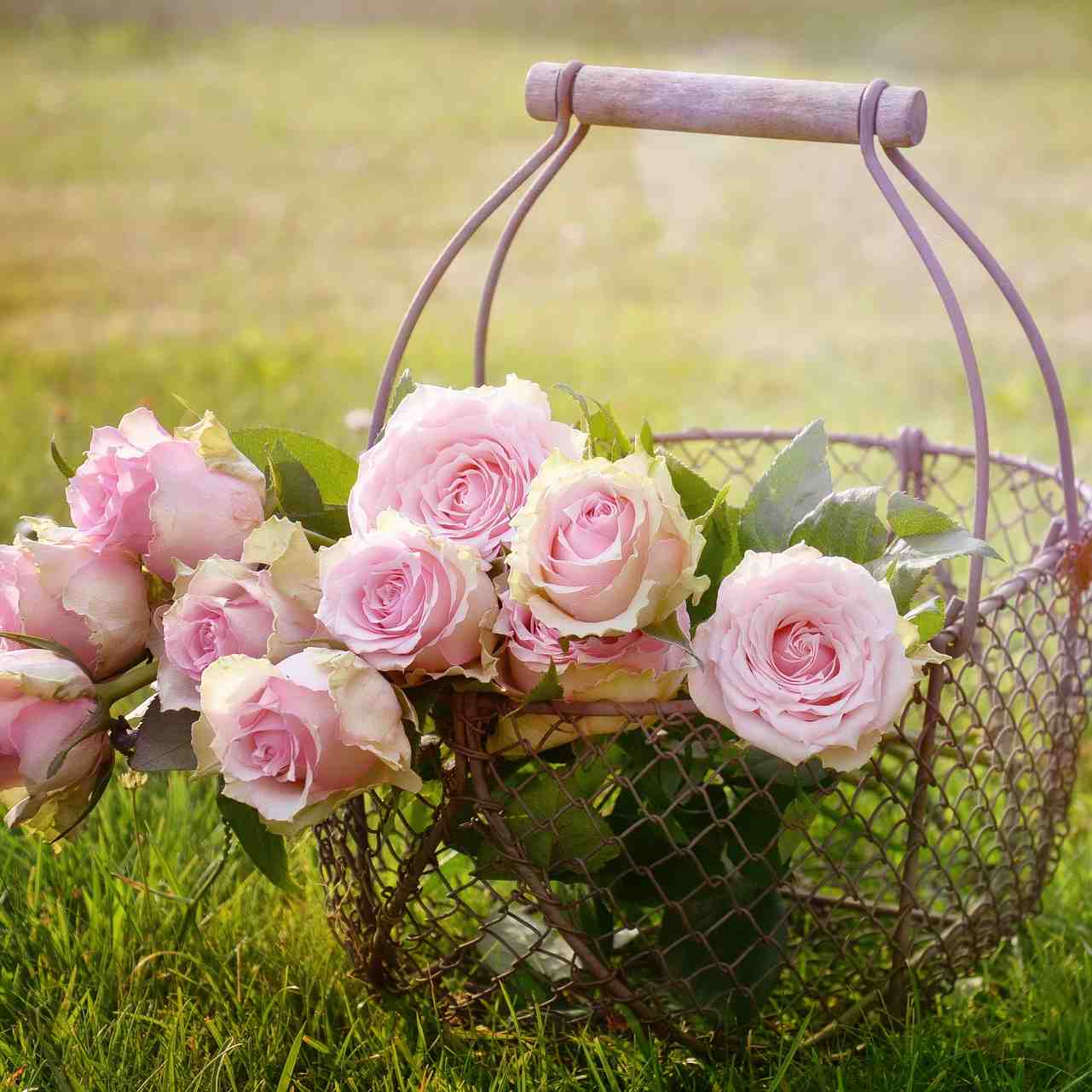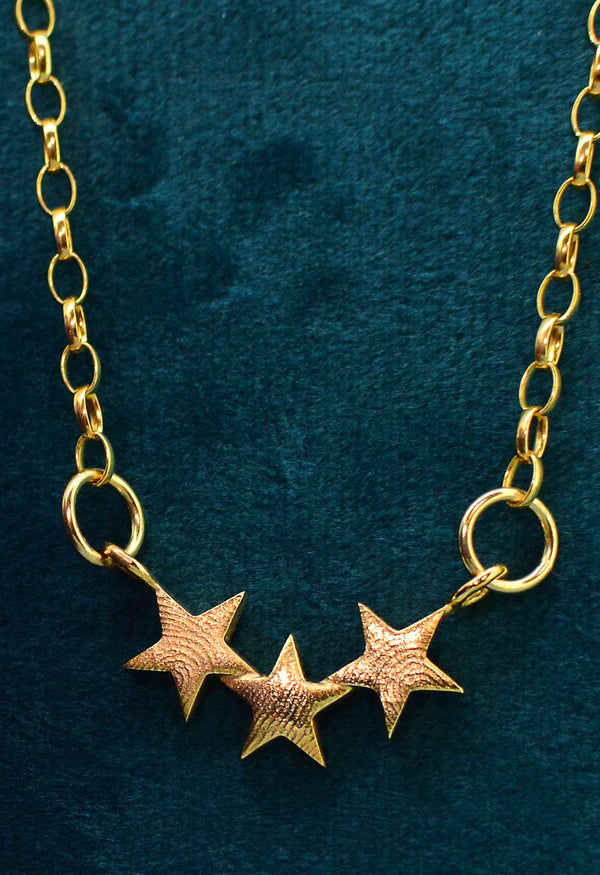Your Cart is Empty
~ Waiting List in Operation ~ Please Ask Before Ordering ~
~ Personalised jewellery to treasure forever ~
~ Waiting List in Operation ~ Please Ask Before Ordering ~
~ Personalised jewellery to treasure forever ~

JUNE IN ENGLAND – FOLKLORE, FACTS AND THINGS TO DO
June 01, 2018 6 min read
June, the month of roses and marriage is a particularly beautiful month in England. It’s the start of the meteorological summer for us in the Northern hemisphere. The days are at their longest, and the weather is generally pleasant and warm.
Nature puts on a stunning display in the countryside and along the coastline. Everywhere you see, hedgerows are alive and plants and trees are in full bloom and leaf. It is a time for being outdoors and soaking up the peace and optimism of the early summer.
Birthstone
Those born in June are represented by the pearl. Precious treasures found in the shells of oysters, pearls were believed in ancient Greece to be the tears of joy cried by Aphrodite, the Goddess of Love. Famed for their luminescent beauty, pearls are a symbol of purity.
Birth flowers
June’s special flowers are the rose and the honeysuckle. Probably the best-known of all English flowers, the rose comes in a wide variety of colours, which each have different meanings: pink for complete happiness, yellow for jealousy, white for innocence and new beginnings. A red rose, of course, is a powerful symbol of love.
June births are also represented by the delicate honeysuckle. Known for having one of the most beautiful perfumes in the English flower kingdom, the honeysuckle’s cream-coloured, trumpet-shaped flowers represent everlasting love.
Celebrations
- Saturday June the 8th is the Queens official birthday (as appose to her real birthday back in April) and it’s celebrated every year with a spectacular military parade in central London known as The Trooping of the Colour.
The parade dates back over 270 years to 1748 and the Queen can be seen with other members of the Royal family on the balcony at Buckingham Palace.
- It’s Father’s Day on the 16th. The one day a year especially set aside for us to let our Fathers, Step-Fathers and Grandfathers know quite how special they are.
- June 21st sees the start of the astronomical summer and the celebration of the Summer Solstice. Also known as Midsummer, this is the longest day of the year, with the earliest sunrise and the latest sunset.
It has been celebrated in England since the days of the Druids, and many people still gather at ancient spiritual sites including Stonehenge in Wiltshire, Glastonbury Tor in Somerset, and Penzance in Cornwall to watch the sunrise and sunset, with traditional Midsummer bonfires still being lit along the Cornish coast.
- Midsummers Day, or Litha is not on the same day as the summer solstice. It actually
falls 3 days later on the 24th.
It is a day to celebrate the power of the sun, often marked by outdoor festivities. Traditionally summer flowers and herbs were picked; feasts were prepared; torches were made and bonfires were lit as this was believed to give power to the sun.
Birds and animals
The natural world is bustling in June, with birds of all breeds carrying food to their fledglings. Gulls are highly active in coastal areas, and may fly further inland on wet days, while warblers hide in garden hedges. Young starlings are just beginning to fly the nest.
June is an ideal time for spotting butterflies, moths, dragonflies and damselflies, and bats can regularly be seen in the skies at dusk. In grasslands and sand dunes, you may also be lucky enough to spot lizards at this time of year.
Plants and flowers
June is one of nature’s most beautifully colourful months in England. The pale cream flowers of the elder; foxgloves and sweet-scented honeysuckle brighten our hedgerows, alongside pink dog roses and brambles bursting into bloom.
Fields, parks, gardens and grass verges are strewn with forget-me-nots, buttercups and daisies. Tiny, tasty wild strawberries can be found if you look carefully in wooded areas or peer into the hedgerows.
In grasslands, various species of orchid show off their colours, while ox-eye daisies and bird’s foot trefoil bring cheer to the scene. Moorlands are also at their best in June, awash with purple heather.
Things to cook
Buttermilk bread is traditionally made to celebrate Midsummer, as according to ancient beliefs, it will bring you an abundant food supply. Half of the bread should be sprinkled with sunflower seeds and the other half with poppy seeds, to represent the light and dark halves of the year.
Buttermilk bread is often served with nettle soup, and washed down with homemade elderflower champagne for a lavish Midsummer night’s feast.
Elderflowers and lemon balm flowers can still be found in abundance to make jellies, wine, or simple to make, refreshing summer cordials or cocktails. Wild strawberries are also the perfect addition to summery drinks, but you’re unlikely to find enough to make very much of anything else.
As picnic season is now firmly upon us, how about whipping up a few easy, iced tray bakes. Perfect for sharing on a long, lazy afternoon down the local park.
Out in the garden, you’re now spoiled for choice with broad beans, runner beans, broccoli cauliflower, courgettes, peas all in season.
Easily throw together a summer salad straight from the ground with cucumbers, lettuce, new potatoes, peppers, radishes, rocket, spring onions and watercress.
If you’re a fan of fruit, you should now start to see cherries ripen on the tree (as long as the birds don’t get to them first), as well as raspberries and strawberries.
Things to make
The Summer Solstice was traditionally celebrated outdoors around bonfires, but many people also chose to make altars in their homes to mark the occasion. Your altar should contain oak leaves to represent passing through the doorway into the second half of the year, fresh summer herbs to symbolise healing and nurturing, and sunflowers as a reminder that this festival is all about the power of the sun.
Complete your altar with candles in red, orange and yellow, representing the sun in all its glory.
June is the month of roses and there are so many beautiful varieties around it’s a great time to collect and dry as many as possible for different craft activities.
Rose petals can be used in all sorts of amazing ways. Simply dry them out on a low heat in the bottom of an oven (100oC or gas mark 0.5), taking care not to burn them, then add to everything from moisturising rose oil or bath salts, to pot pourri or even homemade tea.
You can also add a good handful of fresh rose petals to boiling water which will also make a delicious scented brew.
Of course, roses aren’t the only flowers in full bloom, so it would be silly not to mention that it’s now perfect weather to make summer wreaths to hang on your door or start off your hanging baskets.
With all those flowers come a lot of bees (hopefully), so consider building (or at least buying and putting up) a bee or insect house. Place it high up in the garden where your little visitors won’t disturb you using your garden and make sure it’s a little sheltered from the elements. They won’t like it if it’s right in the sunshine; if the rain can get in, or if it’s in a spot that catches the wind.
Out in the garden, now is the time to sew your sunflower seeds to see who can grow the tallest. You should also be able to plant out any little cauliflower, pepper, pumpkin and tomato plants you might have.
There are still a number of vegetables that can be grown by placing seeds straight into the ground or in pots. Most herbs can now be safely grown, as can carrots, peas, sweetcorn and spinach.
Things to do
June the perfect time of year to get outside and start to really enjoy picnic season without worrying too much about unexpected showers. Although weather in the first half of the month can be a little dubious, things usually brighten up by week 3.
Village fairs and fetes are still going on up and down the country and aren’t too hard to find with a little local digging, or go for a long woodland walk and see how many 'fairy doors' you can spot in the tree trunks.
The 9th sees the start of National Bike Week, so it’s as good a time as any to dust off you helmet and dig your bike out of the garage after the winter.
For a spot of horse racing, head for the Royal Meeting at Royal Ascot, Berkshire, from the 08th – the 22nd of June.
Festival season is now in full swing with The Isle of Wight Festival over the weekend of 13th – 16th .
If you’re a tennis fan, the Nature Valley International Tennis Tournament takes place between the 21st and the 29th of June at Devonshire Park in Eastbourne.
It’s also the International day of Yoga on Friday the 21st if you fancy practicing a little self-care and if you’re curious about the stars in the night sky, it’s Meteor Watch day on the 30th.
England’s coastal areas are at their best in June, so this is the ideal time for a day at the seaside. Look out for plants, amphibians and sea birds, and don’t forget your bucket and spade if you want to carry on the much-loved British tradition of building sandcastles!
Leave a comment
Comments will be approved before showing up.
Subscribe
Sign up to get the latest on sales, new releases and more …

Join the Club
WE'RE SO PLEASED TO SEE YOU!
Stay a while and look around.
While you're here, why not subscribe to our newsletter?We'll give you £20 off your first order, VIP access to new products, and access to our very special sample sales.We promise not to annoy you (honest).
